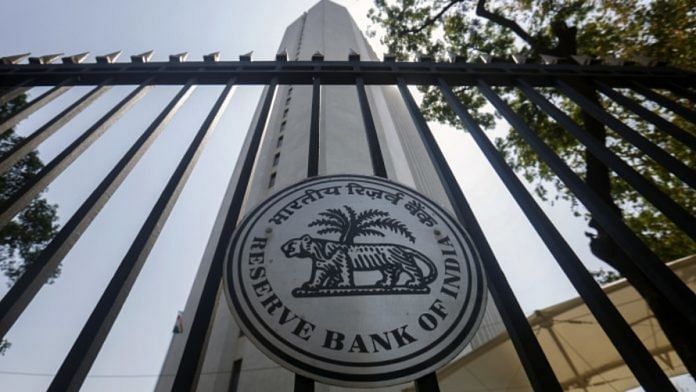Mumbai: India’s central bank proposes tighter regulations for large shadow lenders to prevent events such as the collapse of a major financier in 2018, the effects of which still linger in the nation’s financial system.
The Reserve Bank of India suggests classifying so-called non-bank financial companies into four categories based on parameters including the size of assets, according to a discussion paper released Friday. It proposes imposing a 9% core capital requirement on the top tier — just like banks — and they will be allowed to take on only limited leverage.
Other key proposals:
- All shadow banks classify credit as non-performing assets that are 90 days overdue, down from 180 days currently for the smallest non-bank financiers
- Middle layer non-bank lenders follow a board-approved policy on capital adequacy
- Upper layer shadow financiers follow exposure rules on big borrowers akin to that followed by banks
- Compulsory rotation of statutory auditors for shadow banks in medium and upper layer.
The paper follows a speech in November by the top RBI official in charge of banking regulation, where he said big shadow lenders must convert themselves into banks or scale down operations. Looser regulations for decades have allowed shadow banks to become a key source of last-mile credit in India, but some piled on risk — lending long-term loans while raising short-term cash — resulting in the collapse of an infrastructure financier in 2018, the government seizure of a mortgage lender in 2019, and a cash crunch that hasn’t yet abated.
Also read: A surge in bad loans is set to worsen India’s NBFC crisis
Mounting concerns about shadow lenders
The RBI has since began tightening oversight on the sector. Regulatory arbitrage between banks and non-bank finance companies will continue to narrow, Rajeev Jain, managing director at Bajaj Finance Ltd., said Wednesday.
“For the growth, sustainable growth of the sector, it cannot run on arbitrage,” Jain said. “It should run on its own feet and should not purely be built on arbitrages.”
The proposals come at a time when concerns on the health of shadow lenders are mounting. Gross bad loans already swelled to the highest in at least five years at 6.3% as of March 2020, even before the worst of the pandemic shook the industry, according to the most recent data published by the central bank earlier this month. That’s a surge of a percentage point from a year earlier, and the RBI expects it to get worse.
Linkages have also been deepening between banks and shadow lenders. As of September 2020, non-bank finance companies were the largest net borrowers of funds from the financial system, more than half of this from banks. – Bloomberg
Also read: Only 1 NBFC sought bank licence in last 4 years even though RBI has offered it ‘on tap’



